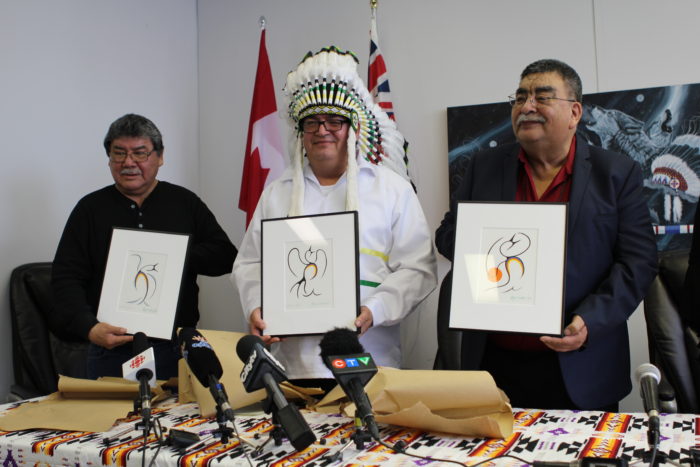New schools in four remote First Nations means more families can stay together

November 18, 2018
Treaty One Territory, Manitoba
alexpapineau
Grand Chief Arlen Dumas of the Assembly of Manitoba Chiefs was pleased to attend an announcement in downtown Winnipeg on Friday, November 16—the news shared at the announcement will lead to a brighter future for children and their families in four northern First Nations.
The Honourable Jane Philpott, Minister of Indigenous Services, was in Manitoba to share that 4 First Nations are receiving funding worth $248 million to go towards new school infrastructure. The announcement is among the largest infrastructure contracts ever awarded by First Nations in partnership with Indigenous Services Canada.
Bunibonibee Cree Nation, God’s Lake First Nation, Manto Sipi Cree Nation, and Wasagamack First Nation have signed a contract to build four new schools in their communities. The Government of Canada has also invested funding for major renovations to an existing school at Bunibonibee Cree Nation.
Chief Timothy Muskego, Chief Gilbert Andrews, and Chief Gary Knott spoke at the announcement regarding the investments in new and upgraded school facilities. Their First Nations are working in partnership with The Government of Canada.
Schools are often the main gathering place for small communities. Keeping this in mind, each school has been designed in collaboration with community members, including students who will attend the schools. The schools will provide enhanced learning opportunities for students and reduce the need to move off reserve to complete grade 12.
Elders will also play a central role in delivering education in each of the schools. The idea is to create warm and welcoming environments where children can thrive and feel a strong sense of connection to their First Nations culture.
The First Nations receiving the schools are all in urgent need of new facilities. Chief Knott of Wasagamack First Nation explained that the school in his community is not able to accommodate the children. Along with the main school building, Wasagamack has also needed to use four portables since 1976—the population outgrew the school more than 40 years ago.
“Children are the closest to the Creator and we consider them as sacred. All children deserve the best,” said Grand Chief Dumas. “For far too many years, many of our children have had to leave their First Nations to access secondary education. Finishing grade 12 often means children live separate from their families for most of the year. It’s heartbreaking for the children and the families. This announcement means that more than 2600 children and youth will be able to access education in state-of-the-art facilities without having to leave their First Nation.”
The investment is expected to have several positive benefits besides enabling children to access improved education opportunities. There will be a focus on training local First Nations people to play a part in preparing the sites for the future schools and constructing the facilities. There is also a hope that with better school facilities, more young people will be encouraged to pursue teaching as a career—the potential is that the First Nations children will return to these schools as certified teachers.
“For our children this has been a long dream,” said Chief Muskego of Bunibonibee Cree Nation. “Today we celebrate with them as their dream has now become true. For every young person there has to be a real way to enjoy their youth and having a nice school is a powerful way.”
The First Nations receiving the funding are remote. They do not have year-round road access to the rest of Manitoba. Materials for the new schools will start being moved north this winter once the ice roads are ready.
Construction is expected to commence in Spring 2019. Once construction is complete, more than 2600 students in 5 schools will have access to modern and expanded facilities.